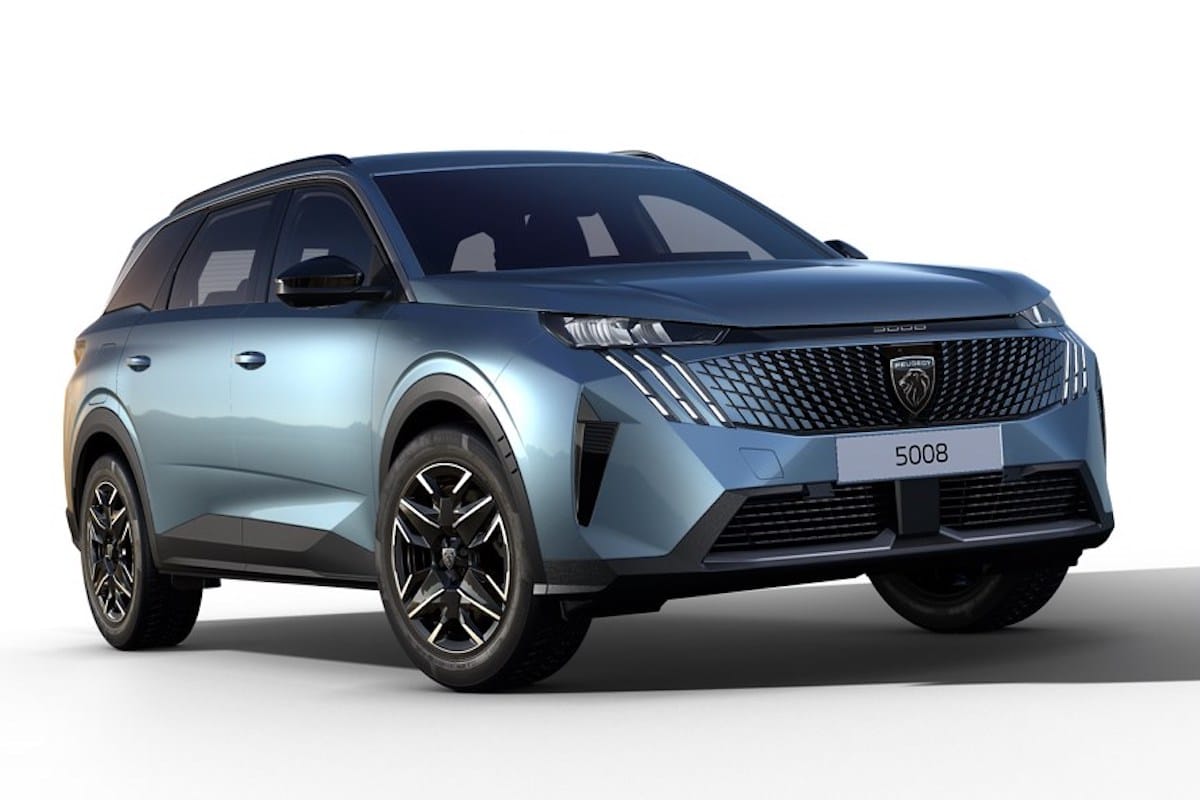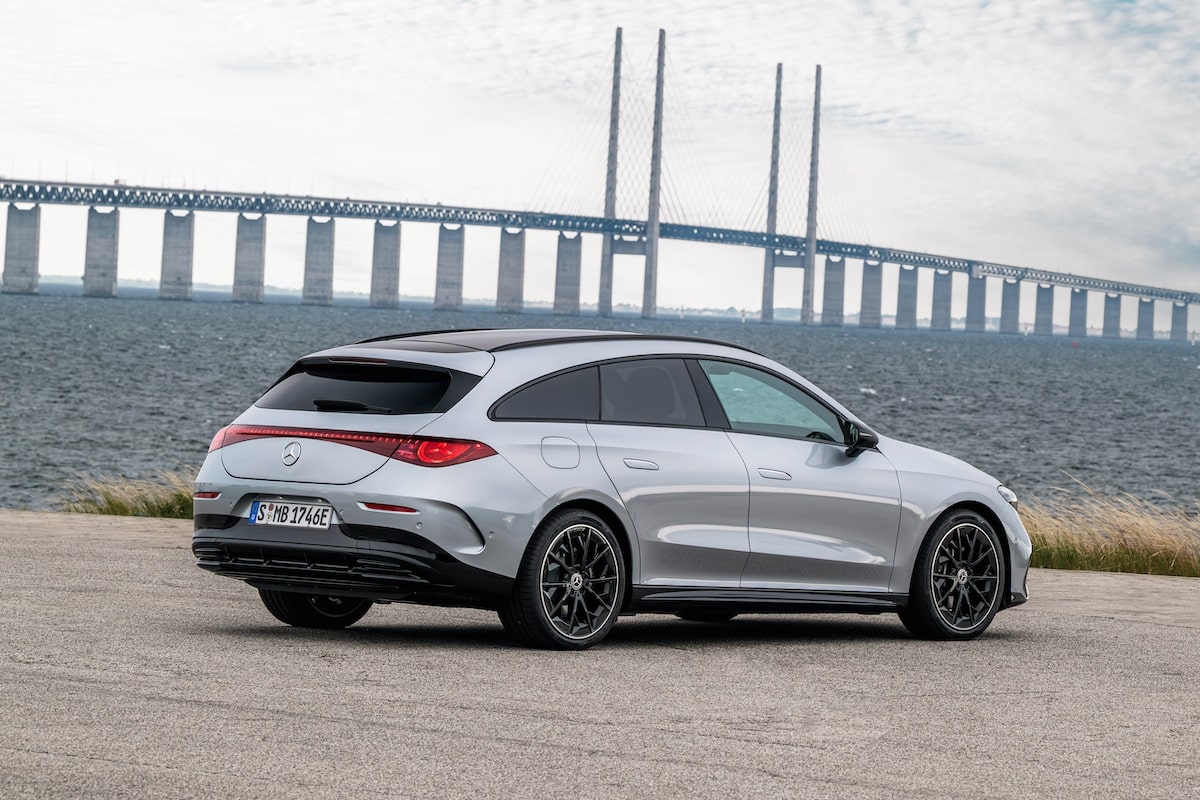More Expensive than Electric, What is the Purpose of the Peugeot 5008 Hybrid?

At a time when purchasing power is being scrutinized, the Peugeot 5008 plug-in hybrid appears to be less relevant compared to the electric version.
When comparing thermal and electric vehicles, it is important to zoom out and ask two questions: the purchase cost and the operating cost.
Often, a model offered in both thermal and electric versions shows a price gap that boils down to: “savings now or later?”.
In the case of the new Peugeot 5008, we’ve already transitioned into a world where the electric option is cheaper from the outset. Certainly, thanks to the ecological bonus that allows a minimum deduction of 4000 euros (more if your tax household qualifies for additional benefits), the situation is still puzzling. It leads to questioning who would choose the Plug-in Hybrid 195 e-DCS7 version.
The hybrid is 2000 euros more expensive!
Offered at the price of 44,990 euros, the Peugeot 5008 plug-in hybrid is exempt from the ecological penalty due to its 23g of CO2 emissions per kilometer, as well as from the weight penalty since its electric range is 82 km. Alas, with a weight of 2123 kg (a common issue with many Peugeot models currently), it will be penalized by the weight penalty starting in 2025. Indeed, from that date, plug-in hybrids with an electric range greater than 50 km will also be subjected to the weight penalty but will still benefit from a reduction of 200 kg or a maximum of 15% of the vehicle’s weight.
This is not insignificant, as without this reduction, the 2025 penalty for the Peugeot 5008 Plug-in would amount to 8690 euros. With the reduction, it would still be set at 3960 euros! In short: don’t delay in ordering a 5008 plug-in hybrid… or opt directly for its electric version, which costs, including the bonus, 42,990 euros. That’s a savings of 2000 euros!
Is that all clear?
Peugeot does not provide any fuel consumption other than 1 liter per 100 km, based on the assumption that the driver will maximize driving in 100% electric mode. For long trips, patience is needed with an onboard charger of 3.7 kW… and a charging cable certified for 2.3 kW. In reality, few drivers actually drive in electric mode, so average fuel consumption is likely to hover around 8 liters per 100 km. Thanks to the 2200 kg with one occupant (the driver, for example…) on board.
With the price of gasoline at 1.85 euros (August 2024), traveling 10,000 km would cost you 1,480 euros. And so on, amounting to approximately 15,000 euros for 100,000 km. Crazy!
In contrast, the amortization of the electric vehicle is immediate. With a real mixed consumption of 22 kW/100 km and an average price of 0.23 euros per kWh (considering both home charging and fast charging during long trips), the budget would be significantly lower. For 10,000 kilometers driven, you would need to spend about 510 euros. And for 100,000 km, only 5100 euros, resulting in nearly a 10,000 euro difference compared to the plug-in hybrid. Including the 2000 euro difference in purchase price, it reaches 12,000 euros.
In short, who would still choose a plug-in hybrid in 2024? If gasoline is a choice, then the 136-horsepower version, which is certainly more modest but priced from 39,690 euros, seems far more relevant. And don’t wait too long, the first deliveries are expected in December 2024 according to the information message from Peugeot on their Store site.
ALSO READ: LOA: Tesla Model 3 cheaper than a Peugeot 508 diesel
This page is translated from the original post "Plus cher que l’électrique, à quoi sert le Peugeot 5008 hybride ?" in French.
We also suggestthese articles:
Also read





